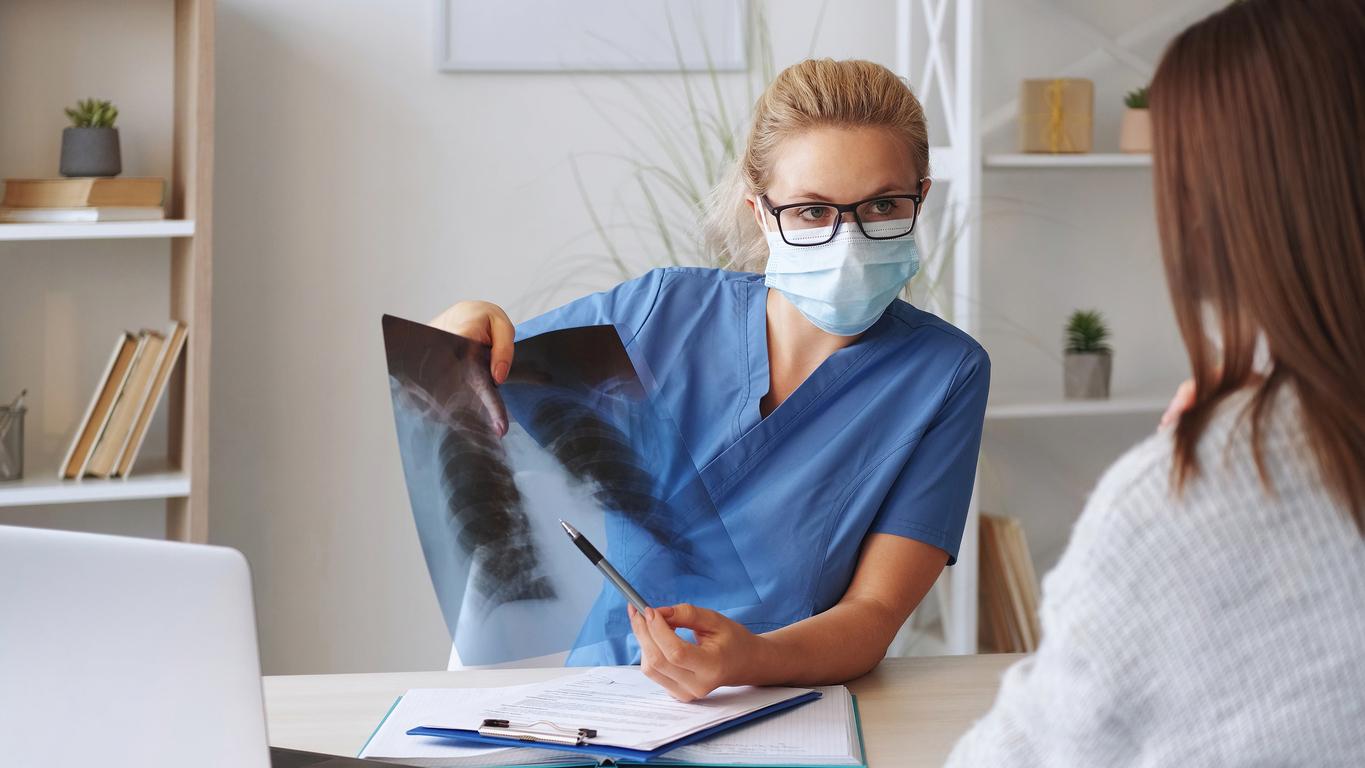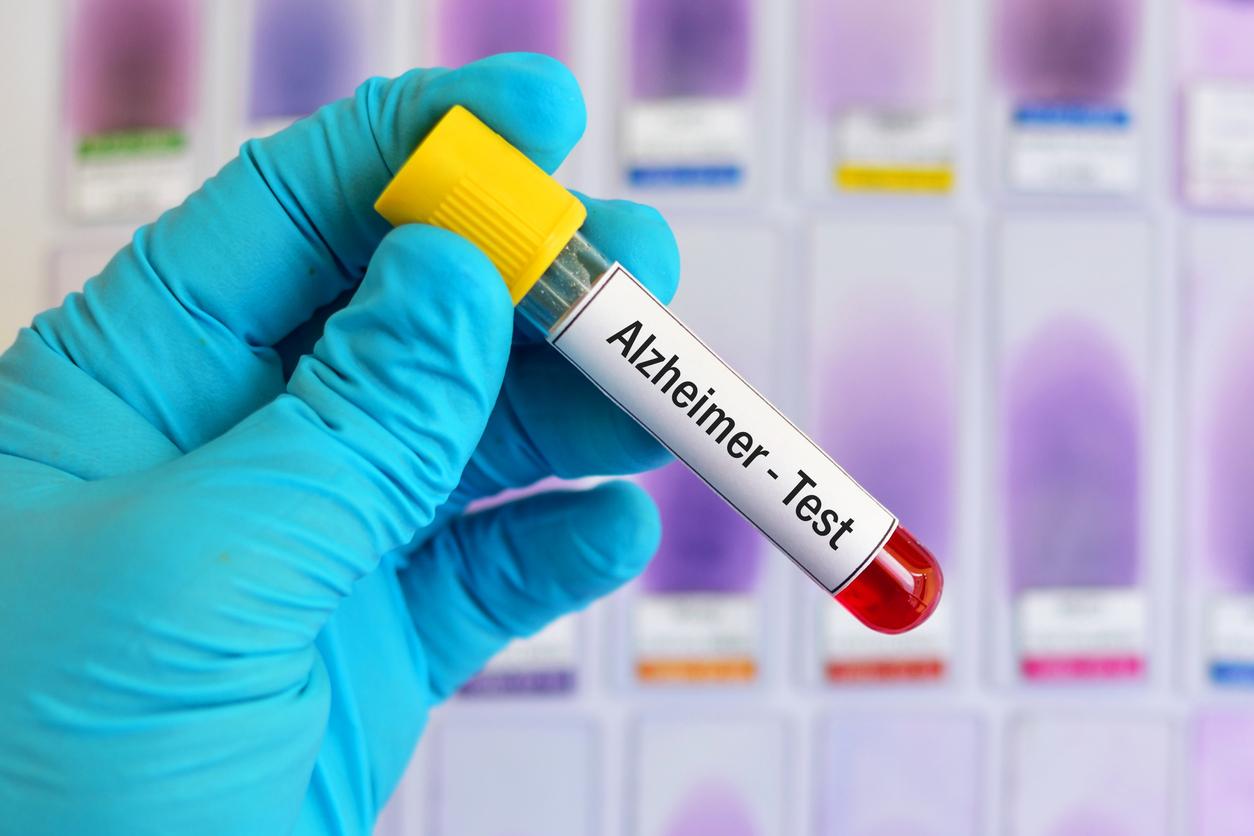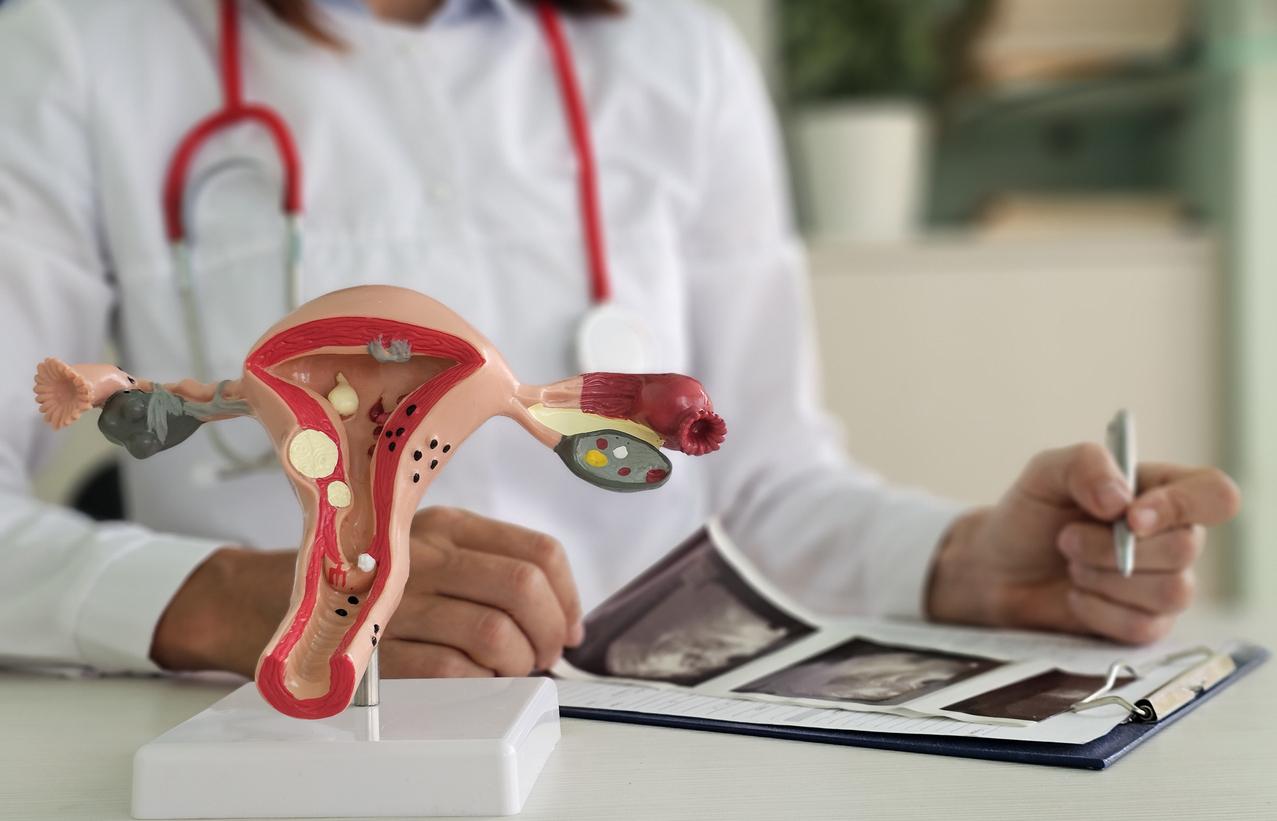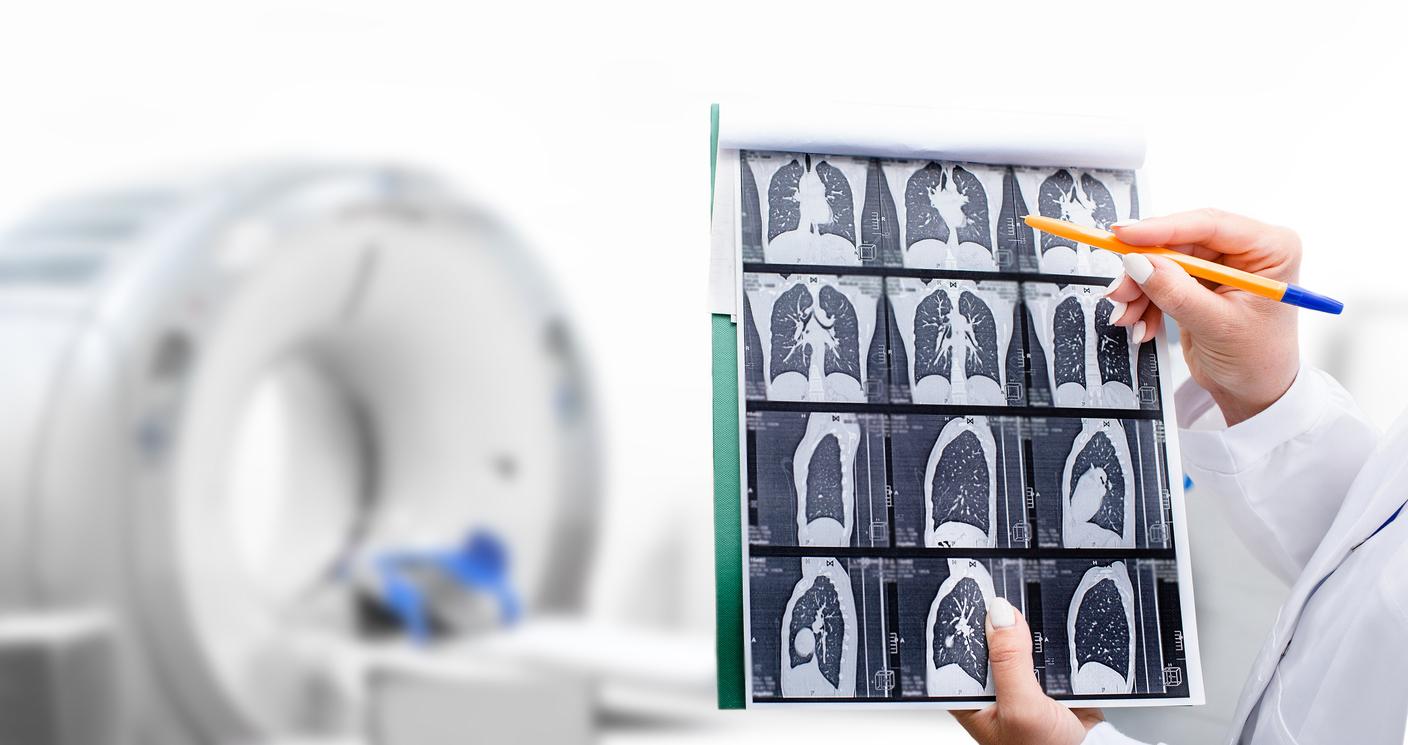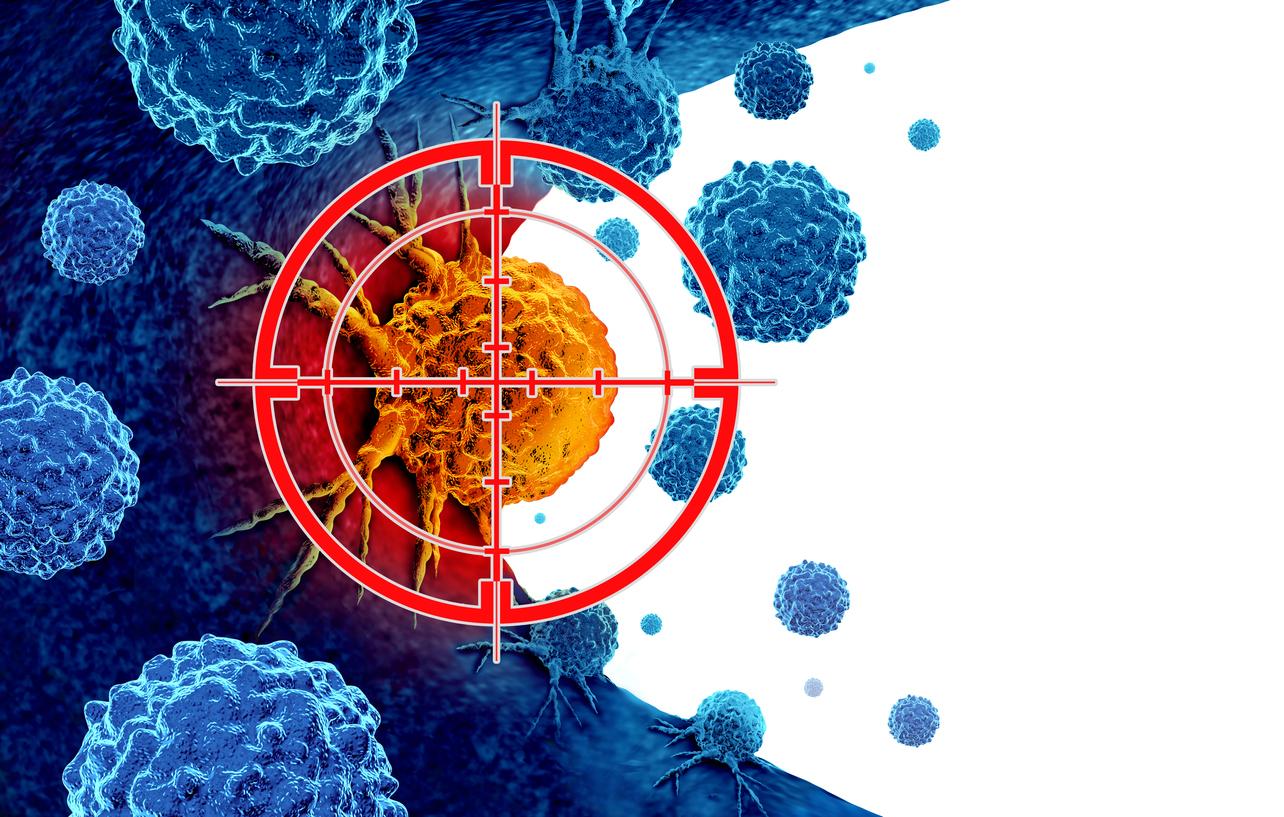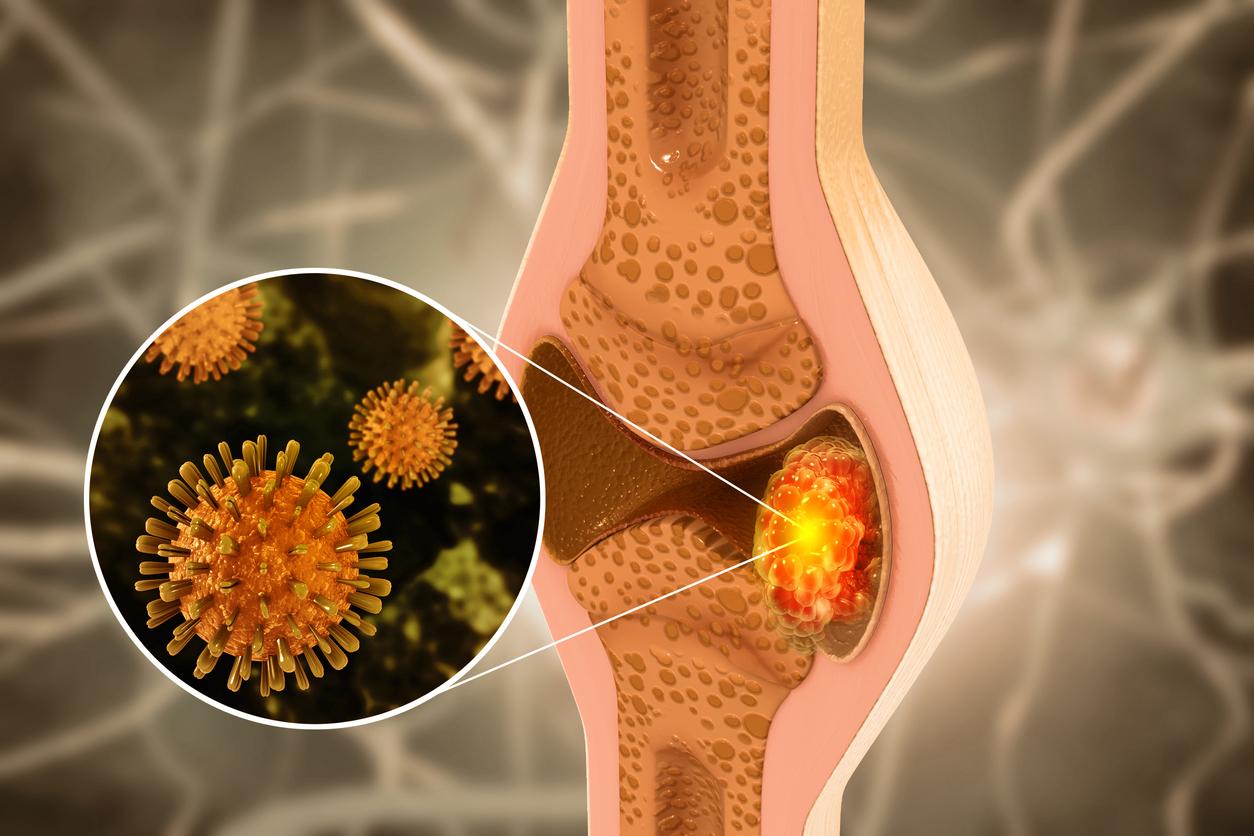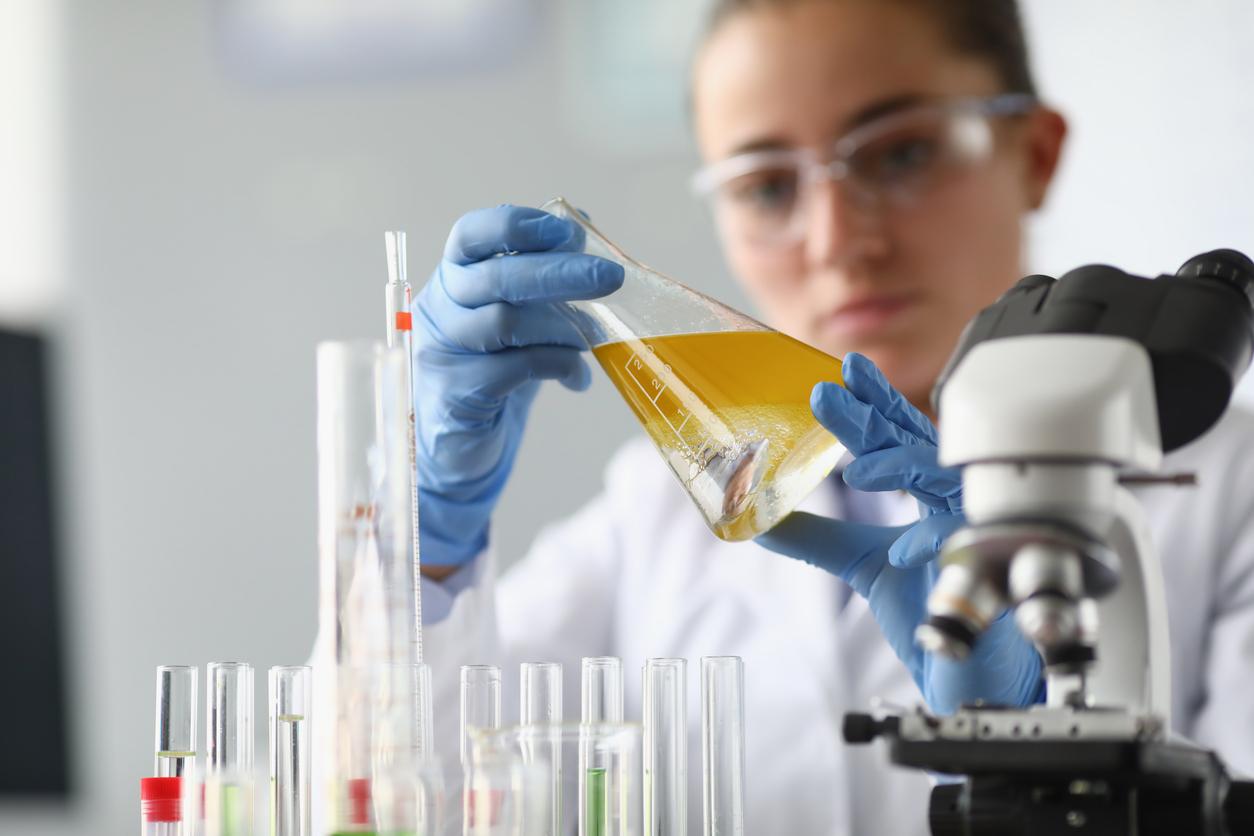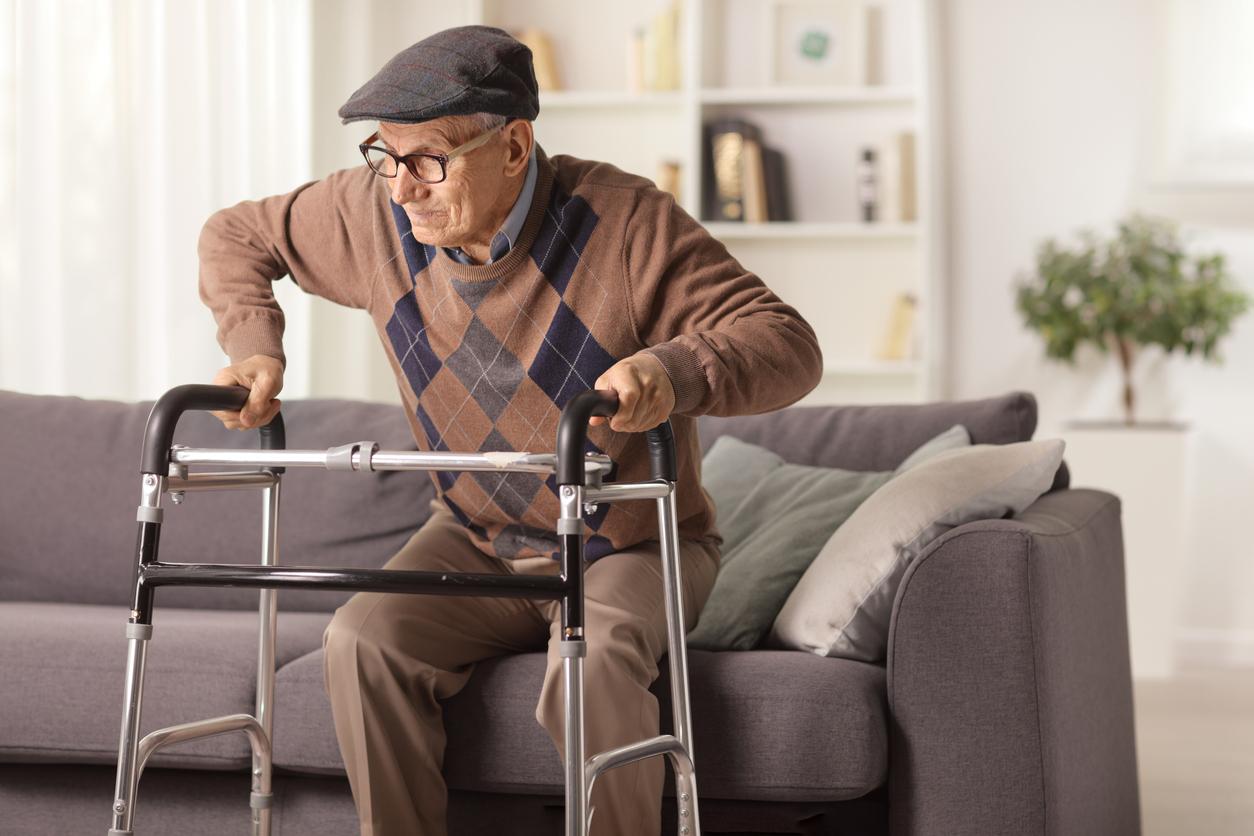For the spine: the EOS technique: radios with more info and fewer rays
The principle: In a conventional radio, the tube X-rays is fixed. With EOS, two tubes send out a beam of X-rays that travel along the axis of the body. The signal is then amplified by an ingenious system of detectors, leading to a reduction in radiation doses.
Advantages : We irradiate 10 times less than during a conventional radiography of the spine. The examination is also faster (15 to 20 seconds to obtain the face and profile of the spine at once) and more informative. It allows you to better see certain regions that are difficult to analyze with a conventional X-ray, such as the junction between the cervical and dorsal vertebrae, the pelvis. Finally, a system makes it possible to obtain a 3 D image of the spine and a net can be drawn on the skeleton to assess any deformations. Finally, it’s less stressful for the children who are standing in what looks like a shower stall.
Indications :All situations in which a spinal x-ray is required, particularly in cases of suspicion or surveillance of a scoliosis. This deformation of the spine occurs more readily at two times in life: around puberty and after menopause. The EOS technique also makes it possible to predict the progressive nature of scoliosis and, in the event of a surgical decision, to help the surgeon to plan his intervention.
What this changes in practice : “We are doing more scoliosis follow-up because we are more inclined to deal with the doses received by young girls,” explains PR Robert Yves Carlier, head of the imaging department at Raymond Poincaré hospital in Garches. Regular checks can also be done with even fewer doses because there is no need to see the body of each vertebra each time. Micro-doses are enough to have good information on the progression of scoliosis.
For the back, the legs, the silhouette: a postural analysis device without irradiation
The principle: the Formetric 4D device created by Mr. Diers, a German engineer, sends out light rays that travel through the spine and pelvis while walking or running on a treadmill. The walking platform registers static and dynamic pressures of the plantar surface of both feet. Formetric uses a high-definition optical measurement of the patient’s back to produce graphical, clinical and analytical information of the spine, pelvis and posture.
Advantages : Fast, without contact, without radiation (no X-ray), the device allows an examination of the morpho-posture of the body at rest and during movement. It can be done safely as often as needed and is suitable for everyone, including children and pregnant women. All the data provide an objective mapping of spinal stature and precise measurements in the sagittal and frontal planes of the lower limbs.
Indications : assess the anomalies that are sources of pain in the musculoskeletal system, specify the origin of a back pain. Also ideal for monitoring the progress and results of physiotherapy, osteopathic, posturological and other treatments …, especially for scoliosis and all spinal pain since the examination can be repeated without any risk.
What does this change in practice?
“I object to morpho-postural anomalies that I did not see before. And I better understand the necessary compensatory treatments and adaptations ”explains Dr David Khorassani, rehabilitation doctor and osteopath (Center for Posturology and Musculoskeletal Disorders, Clinique la Montagne, Courbevoie). The solution can come from plantar orthoses for postural remediation, rehabilitation by a physiotherapist, osteopathy sessions or treatment by PCP therapy (device developed by Doctor Khorassani) whose purpose is to exert continuous deep pressure, which reshapes the area and brings a relaxation of tissue tensions. The device also allows you to see live if the chosen sole is effective.
For the breasts, the thyroid, the liver: elastography: ultrasound which “palpates”
The technique : This is a special application that can be activated during a standard ultrasound to obtain more information. The ShearWave ™ elastography in fact assesses the hardness of the tissue examined. The probe applied to the tissue produces a shear (compression) wave whose speed of movement in the surrounding medium is correlated with the hardness of the tissue. Which results in different images: green is soft, red is hard! And with its UltraFast ™ platform, the Aixplorer® 1 ultrasound system from SuperSonic Imagine is able to acquire images 200 times faster than with conventional ultrasound systems.
Indications : This real-time information on tissue hardness helps doctors identify the nature of lesions they have seen on ultrasound. This helps to improve the diagnosis of serious diseases such as breast cancer, prostate cancer, thyroid cancer and liver fibrosis. Elastography can also be used to guide biopsies.
The advantage : have additional information during the ultrasound examination. This makes it possible, in the event of a problem, to immediately reassure the patient or, otherwise, to direct him or her to another type of examination. This technology is used for both adult patients and children.
What this changes in practice: “During an ultrasound of the breast, this makes it possible to better characterize a doubtful or intermediate image,” explains Dr Foucauld Chamming’s, head of the breast imaging department at the Georges Pompidou Hospital (HEGP). If the area appears soft, it is most likely a cyst and there is no cause for concern. If it appears hard, it may be cancer and therefore requires further exploration. Sorting that helps reduce the number of unnecessary biopsies. The reduction in biopsies is also expected in the event of suspected liver fibrosis following chronic hepatitis.
Read also :
– A promising new ultrasound to diagnose liver disease
– Osteoporosis: how to get tested?








